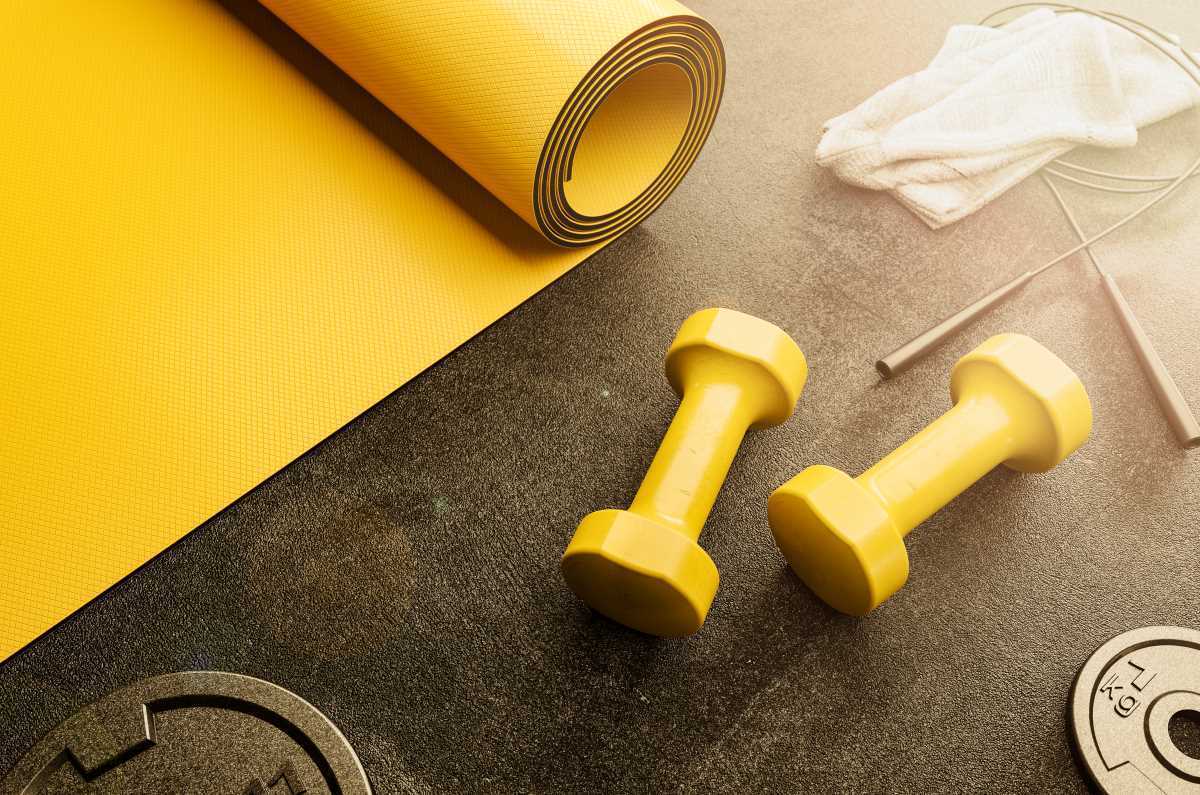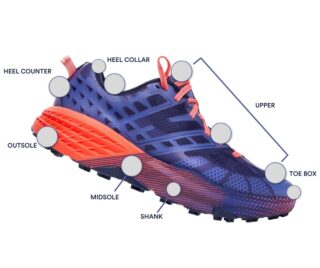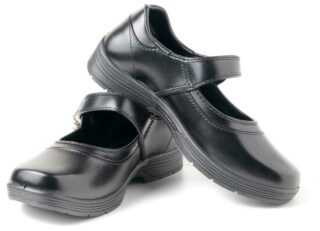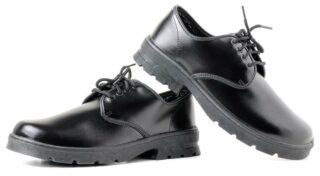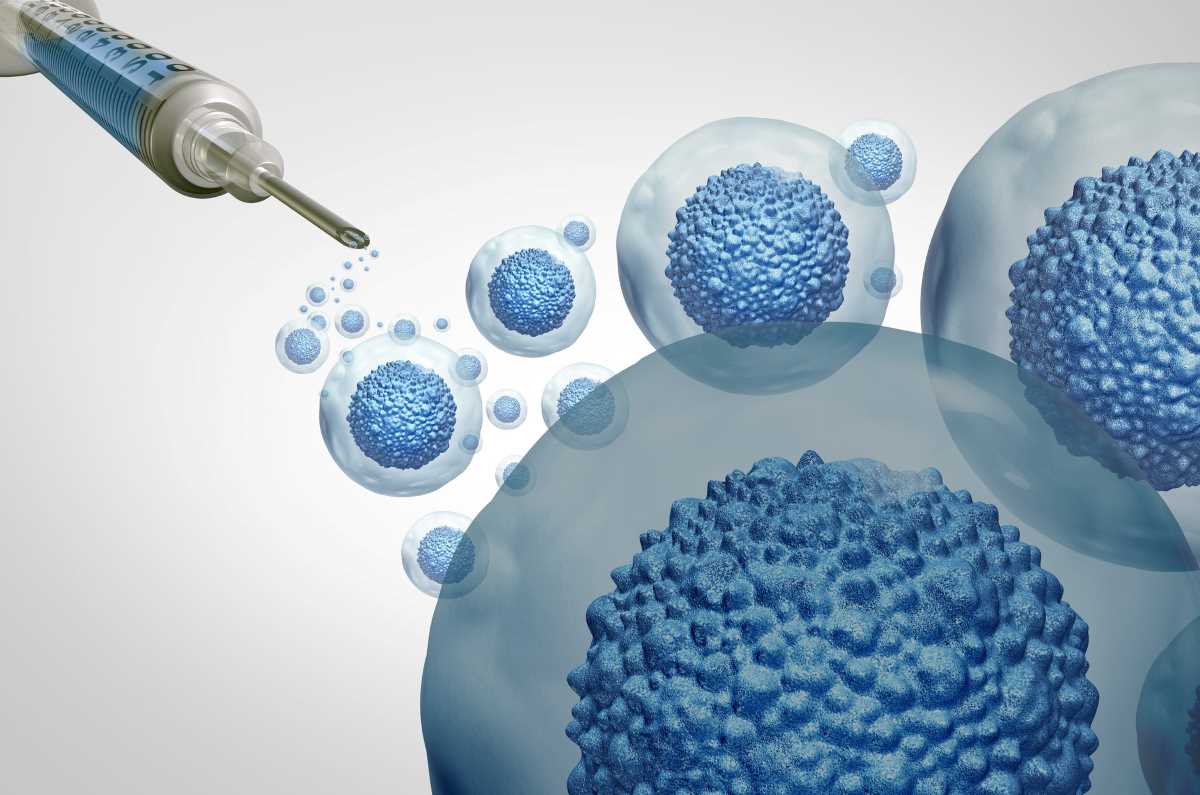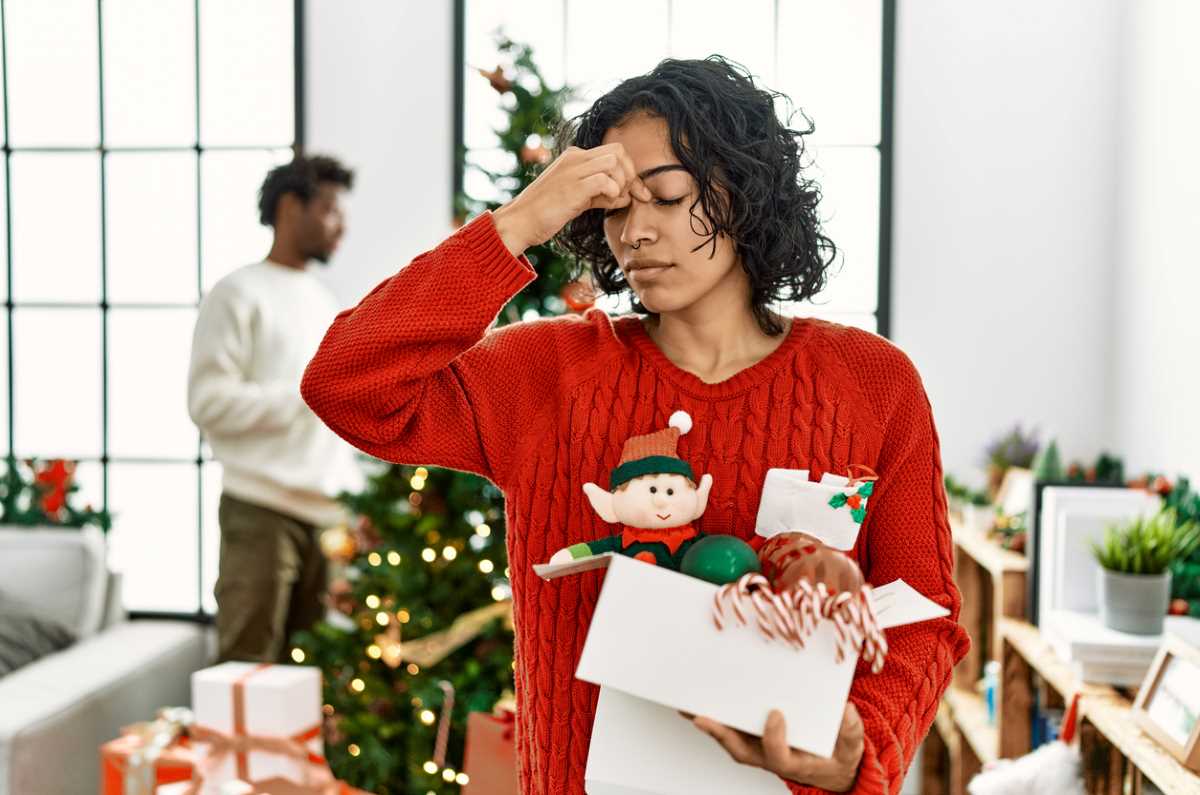And how to do it right
“Let’s begin by taking a smallish nap or two.” – Winnie the Pooh
Ever had one of those days when you wake up feeling like you need a nap??
Days like that make me want to be just like Winnie the Pooh. He has it all worked out. Lots of honey, good friends and naps. I’m sure my spirit animal is a small, round-ish teddy bear who lives in the Hundred Acre Wood 
However, unlike Pooh Bear, many people with chronic pain crave a nap during the day because of poor sleep quality, not because they’re relaxed and full of honey. Chronic pain and sleep issues often go hand in hand.
In our report: Making the invisible visible: Australians share the impact of musculoskeletal conditions on their lives almost three-quarters (72%) of the people who took part in our survey said their sleep was affected by their condition. One person said: “I sleep very little due to pain, so find myself very tired during the day, which makes it harder to manage the pain.”
So should we follow Pooh’s advice and “when all else fails, take a nap”?
It depends.
Sleeping is a complicated business. There’s so much we still don’t know about it.
However, we do know that sleeping too long or too often during the day can make getting a good night’s sleep even harder. And it can exacerbate your pain and make you feel stiff and sore.
But sometimes, when you’re battling pain and fatigue, a nap is exactly what you need. So what can you do? How do you find the right balance?
Tips for napping
First, listen to your body. You know it better than anyone else. So if you’re exhausted and know you won’t make it through the day, or the commute home without falling asleep, listen to your body and take a nap.
That being said, sleep experts recommend that you:
Limit your nap to 20 minutes or less – aka a power nap. Any longer and your body enters a deeper state of sleep from which it’s harder to wake – and when you do wake, you’ll most likely feel groggy. Limiting your nap to less than 20 minutes reduces this risk, and you’ll wake up feeling rested.
Nap in the early afternoon. After lunch, most of us tend to feel a bit fuzzy and unfocused, but when you combine that with fatigue or sleep problems, it can be tough to keep your eyes open. This is the perfect time to lay your head down for a short time. But avoid late afternoon napping, as this will interfere with your overnight sleep.
Maintain good sleep habits. That means going to sleep at the same time each night and getting up at the same time each morning. This helps your body clock find a rhythm that works best for you. Read our information on sleep to find out more.
Only nap occasionally, not as a daily practice. Experts recommend that you only take a nap when you really need one so it doesn’t start affecting your night time sleeping patterns. An exception is when you’re going through a flare, or you’re unwell, as naps may be required more often to help you recover. But once you’re better, go back to your usual sleep routine.
Set an alarm. This is important because once you’ve nodded off, you’ll need help to wake up, especially if you’re exhausted. But 20 minutes is the sweet spot for napping, and you need to stick to it. So set your alarm.
Find a comfy place to nap – preferably not your bed. If you’re in bed, sleeping longer than planned is far too easy (trust me) 😴. Even with an alarm set, it’s too easy to hit snooze (it’s so comfy and you’re so tired). So nap on the couch, in a supportive armchair or at your desk if you have some supports to keep you comfortable and not put a crick in your neck or back or aggravate your condition.
Turn off your TV, radio, computer etc. Put on an eye mask and/or earplugs if you need to block out light or noise. If your phone is your alarm, set it to airplane mode so you only get the alarm and nothing else. Because if you’re going to nap and enjoy the benefits, you need to block out all other distractions.
When you wake up, take some time to stretch or do some gentle exercises to help you loosen up. After being still for a while, your muscles and joints may become stiff and painful. So take a little time to get yourself going again. And drink a glass of water to rehydrate.
Talk with your doctor if you find you need a nap every day. It may indicate that your musculoskeletal condition, medicines or another health condition is interfering with your sleep or causing drowsiness. Together you can explore these possibilities so that you can come up with a plan to get it under control.
Contact our free national Help Line
Call our nurses if you have questions about managing your pain, musculoskeletal condition, treatment options, mental health issues, telehealth, or accessing services. They’re available weekdays between 9am-5pm on 1800 263 265; email (helpline@msk.org.au) or via Messenger.
More to explore
- Getting a good night’s sleep
Musculoskeletal Australia - How to sleep well despite chronic pain
Pathways - Nanna naps
Sleep Health Foundation - Napping
Sleep Health Foundation - Painsomnia
Musculoskeletal Australia - When coffee isn’t enough: Or how to manage fatigue
Musculoskeletal Australia


